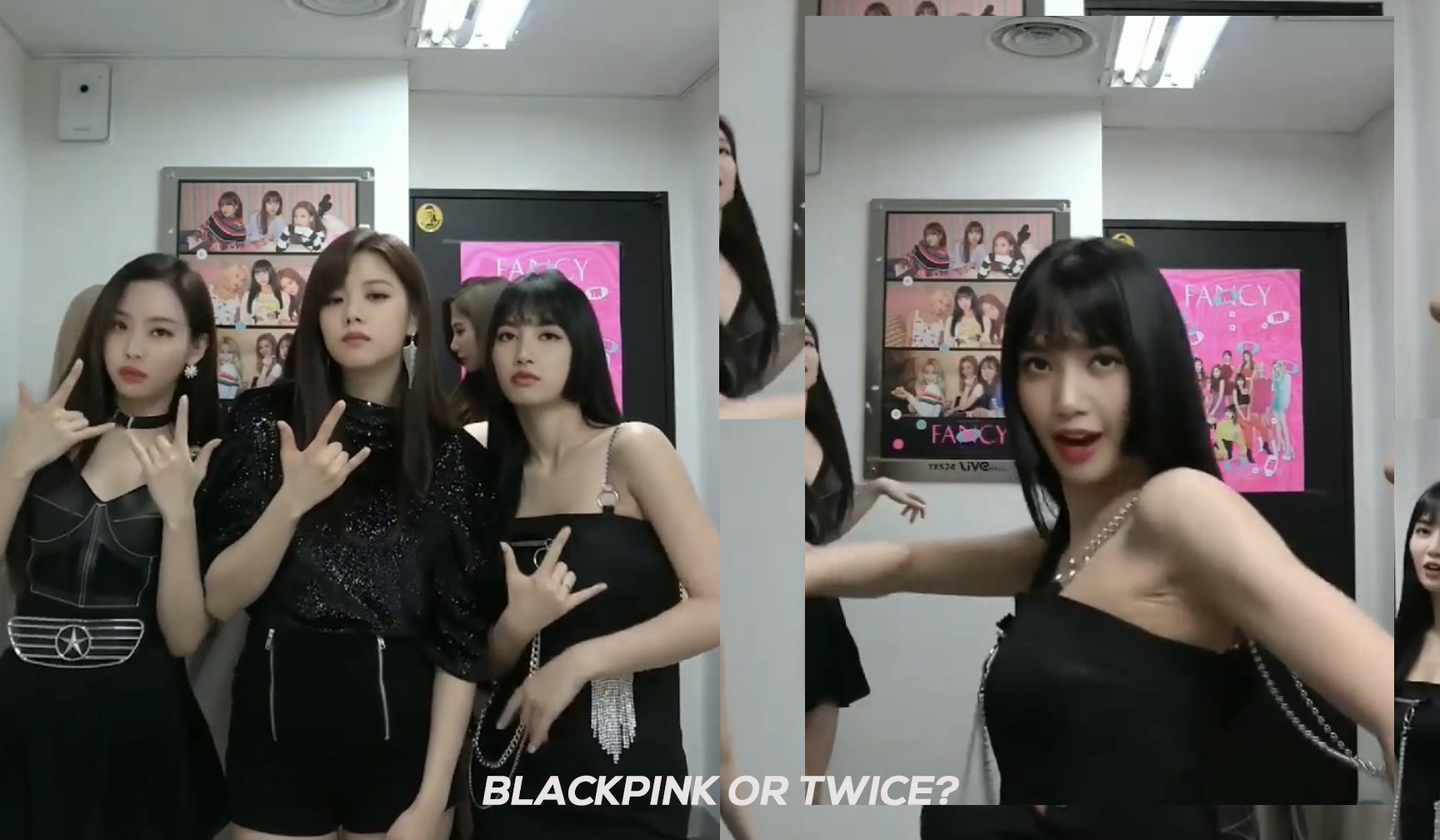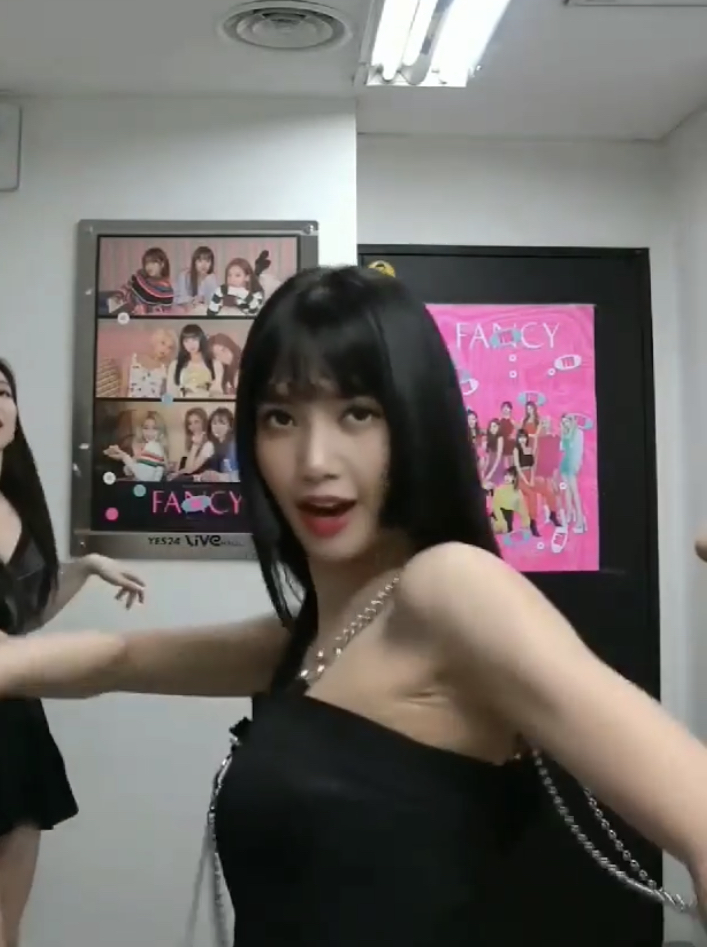Understanding Deepfake Technology In K-Pop: The Future Of Digital Manipulation
Deepfake technology has emerged as a revolutionary yet controversial tool in various industries, including entertainment. In the vibrant world of K-Pop, where visuals and performance are paramount, the implications of deepfake technology are profound and multifaceted. This article will explore the intricacies of deepfake technology within the K-Pop realm, examining its potential benefits, ethical concerns, and future prospects. As K-Pop continues to gain global traction, understanding this technology is crucial for fans, artists, and industry stakeholders alike.
The rise of digital manipulation tools has brought about both excitement and apprehension. On one hand, deepfake technology can enhance fan experiences and create innovative content; on the other hand, it raises significant ethical questions about authenticity and consent. With K-Pop's emphasis on image and branding, the use of deepfakes adds another layer of complexity to the already intricate dynamics of the industry.
This comprehensive article will delve into the various aspects of deepfake technology in K-Pop, aiming to provide a well-rounded perspective on its impact. We will explore its definition, applications, ethical implications, and future trends, ensuring readers gain a thorough understanding of this evolving issue.
- Drea De Matteo A Journey Through Her Life And Career
- Phoebe Cates A Comprehensive Look At The Iconic Actress
Table of Contents
- What is Deepfake Technology?
- The Use of Deepfake in K-Pop
- Benefits of Deepfake Technology in K-Pop
- Ethical Concerns Surrounding Deepfake
- Case Studies: Deepfake in K-Pop Music Videos
- The Future of Deepfake Technology in K-Pop
- How to Spot a Deepfake
- Conclusion
What is Deepfake Technology?
Deepfake technology refers to artificial intelligence (AI) methods used to create realistic-looking fake videos, audio recordings, and images. The term "deepfake" is derived from the combination of "deep learning" and "fake." This technology employs deep learning algorithms, particularly generative adversarial networks (GANs), to produce content that can convincingly mimic real people’s appearances and voices.
Initially, deepfake technology gained notoriety for its use in creating misleading and inappropriate content. However, it has evolved to have various legitimate applications in film, advertising, and even education. In the K-Pop industry, deepfake technology presents unique opportunities and challenges, as the demand for authentic and engaging content continues to rise.
The Use of Deepfake in K-Pop
K-Pop, known for its visually stunning music videos and performances, has seen an increasing interest in deepfake technology. Artists and producers are exploring its potential for creating immersive experiences and enhancing visual storytelling. Some noteworthy applications include:
- Unveiling Wentworth Millers Relationships A Journey Through Love And Life
- Crew James Morrow The Unsung Heroes Behind The Scenes
- Enhancing choreography: Deepfake technology can be used to create digital avatars of K-Pop idols that perform alongside them, allowing for visually captivating choreography.
- Fan engagement: Fans can interact with their favorite idols through personalized deepfake videos, fostering a sense of connection and community.
- Content creation: Music videos can utilize deepfake technology to incorporate various visual elements, creating innovative and engaging narratives.
Benefits of Deepfake Technology in K-Pop
While deepfake technology raises ethical concerns, it also offers several benefits to the K-Pop industry:
- Creative freedom: Artists can experiment with their visuals and performances, pushing the boundaries of creativity.
- Cost-effective production: Producing high-quality music videos can be expensive. Deepfake technology can reduce costs by enabling virtual collaborations without the need for physical presence.
- Enhanced fan experiences: Fans can enjoy new forms of interaction and engagement with their favorite idols through personalized content.
Ethical Concerns Surrounding Deepfake
Despite its advantages, deepfake technology poses significant ethical challenges, particularly regarding consent and authenticity. Key concerns include:
- Consent: The use of an idol's likeness without their permission raises questions about personal rights and autonomy.
- Misrepresentation: Deepfakes can be manipulated to create false narratives, leading to misinformation and potential harm to the artist's reputation.
- Impact on mental health: The pressure to maintain a certain image may increase, affecting the mental well-being of K-Pop idols.
Case Studies: Deepfake in K-Pop Music Videos
Several K-Pop artists have begun experimenting with deepfake technology in their music videos. One notable example is:
Case Study: Virtual Duets
In 2021, a popular K-Pop group released a music video featuring a deepfake duet with a member who had previously left the group. This innovative approach generated excitement among fans, allowing them to experience a unique collaboration that seemed impossible in reality.
The Future of Deepfake Technology in K-Pop
The future of deepfake technology in K-Pop is filled with potential. As the technology continues to develop, we may see:
- Increased collaboration: Artists may collaborate with virtual versions of themselves or other idols, creating a new frontier in music production.
- Enhanced fan engagement: Fans could have the opportunity to create their own deepfake content, fostering a sense of ownership and creativity.
- Regulatory frameworks: The industry may implement regulations to ensure ethical use of deepfake technology, protecting artists' rights and promoting transparency.
How to Spot a Deepfake
As deepfake technology becomes more sophisticated, it is essential to recognize the signs of manipulation. Here are some tips to spot a deepfake:
- Inconsistencies in facial movements: Look for unnatural facial expressions or mismatches between lip movements and spoken words.
- Unusual lighting and shadows: Pay attention to lighting discrepancies that do not match the surrounding environment.
- Audio-visual mismatches: Listen for audio that does not align with the visual content or seems out of place.
Conclusion
Deepfake technology presents both exciting opportunities and significant ethical dilemmas in the K-Pop industry. As artists and producers explore its potential, it is crucial for stakeholders to address the ethical implications and safeguard the rights of artists. Understanding deepfake technology will empower fans and industry professionals to navigate this evolving landscape responsibly.
We invite readers to share their thoughts on deepfake technology in K-Pop. What are your views on its potential benefits and risks? Feel free to leave a comment below!
Thank you for exploring this topic with us. We hope to see you back for more engaging content on the intersection of technology and entertainment in the future.
- Balthazar Getty The Multifaceted Life Of An American Actor And Producer
- Who Is Karrueche Tran The Life And Career Of A Rising Star

Fans discuss why Deepfake is something everyone needs to be worried

Fans discuss why Deepfake is something everyone needs to be worried

Fans discuss why Deepfake is something everyone needs to be worried